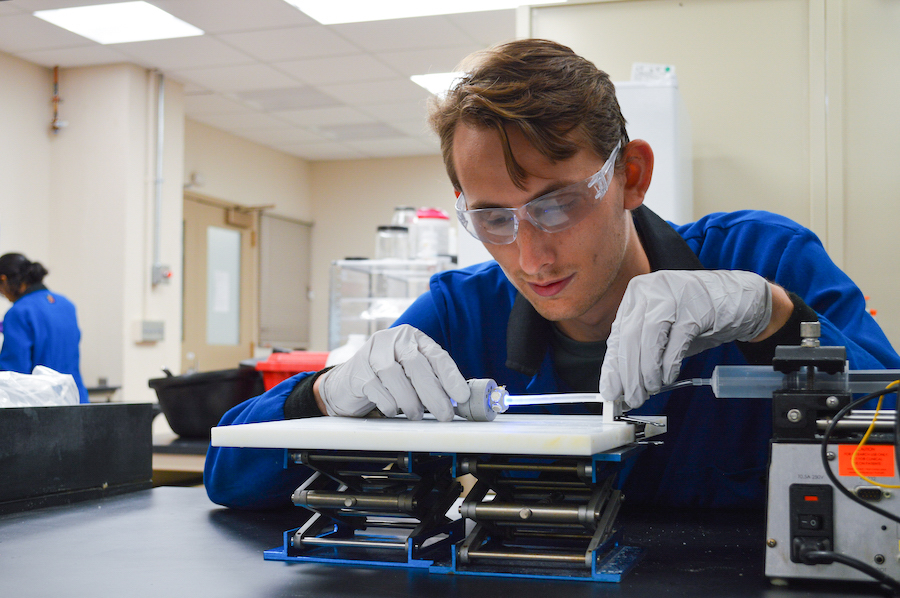
How many robots does it take to screw in a lightbulb? The answer is more complicated than you might think. New research from Northeastern University upends the riddle by making a robot that is both flexible and sensitive enough to handle the lightbulb, and strong enough to apply the necessary torque.
“What we found is that by thinking about the bodies of robots and how we can make new materials for them, we can actually make a robot that has the benefits of both rigid and soft robots,” says Jeffrey Lipton, assistant professor of mechanical and industrial engineering at Northeastern.
“It’s flexible...
Read More









Recent Comments